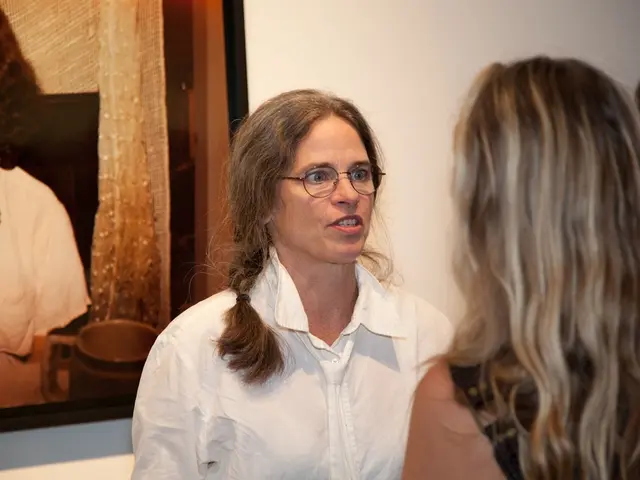Design Firm Anthony Grimshaw Architects Unveils New Projects
Anthony Grimshaw Architects: A North-East Practice Steering the Conservation Battle
Two sisters, Rebecca and Rachel Grimshaw, are at the helm of Anthony Grimshaw Architects, a practice that has stood the test of time - three decades since its 60th anniversary. The firm, located in the North-East, is highly regarded for its work in the conservation of crumbling churches and other heritage structures, struggle against inadequate public funding in the region.
[Photos: Roger Quayle ABIPP - Anthony Grimshaw Architects]
The Grimshaw sisters offer an insight into their family-run practice's humble beginnings. In 1962, their father Anthony established the firm in the back bedroom of his council house. The practice subsequently moved to a flat he shared with their mother when they first married, before eventually purchasing the building they now occupy. The business remains on the same street to this day.
Anthony Grimshaw built the practice from humble beginnings, initially working on projects installing bathrooms for local homes. His reputation grew, and he went on to study art at a Manchester school and work part-time in an architectural office in Bolton before setting up his own firm. He was reportedly fired from his previous office for being 'cheeky.'
One of the practice's early landmarks was the Garden Gazebo, designed in 1972 as an office extension for a house in Alderley Edge, Cheshire. This project was the inaugural winner of the Architects' Journal's 'Small Project of the Year' Awards.
Rebecca Grimshaw, speaking about her father, states that he was very funny and easygoing. Despite heated design debates, there was a mutual trust, which is crucial in a family business.
The focus on conservation work was a gradual transition for the practice. As funding changed, particularly in the education sector, the firm had to find new sectors and markets. Rachel Grimshaw notes that conserving historic buildings has become a key aspect of their work, with projects for the National Trust now underway.
Neither sister initially showed an interest in conservation. Rebecca developed her fascination through work experience, while Rachel, with a background in interior design, enjoys the process of integrating contemporary designs into historic spaces. The sisters maintain the importance of new insertions being removable or freestanding to preserve historical features.
In discussing the collaboration between the sisters, Rachel notes that they share similar ethical outlooks. They do not pursue massive profits, instead working for satisfaction and the quality of their output. They have also developed an instinct for identifying questionable clients.
The ethos of attention to detail, responsiveness, and relevance no matter the project size, echoes their father's approach. They are always seeking to solve problems and create functional spaces, be it preserving a centuries-old building or helping a community address homelessness.
Some standout projects for Rebecca Grimshaw are small-scale community projects, such as adding kitchens and toilets to a church in Cheetham Hill. While not glamorous, such projects are vital and serve their intended purposes.
One of their notable church projects is St Nicholas's, where a glass meeting room was suspended into the existing church space. However, it's the ongoing battle for church funding that the sisters are most passionate about. Rebecca Grimshaw, an inspecting architect for over 90 churches, states that the need for urgent repairs is dire. While there can be grants, these are often lottery-based, focusing more on community programming than physical repairs. Churches serve as the only listed buildings in poor towns, providing community spaces, food banks, and shelters. They require significant assistance.
Despite attempts to speak with Lisa Nandy about the issue, they have yet to receive a response. However, the National Churches Trust is on board, and they are hopeful for advancements in the future.
- The Grimshaw sisters, with a background in interior design and conservation work, have integrated contemporary designs into historic spaces, creating a unique blend of history and lifestyle.
- In the face of inadequate public funding, Anthony Grimshaw Architects expanded their focus from small home-and-garden projects to conserving historic buildings, including churches, which are now crucial aspects of their work.
- The practice, which started in a small council house, has grown over the years, pioneering interior designs that support the home-and-garden lifestyle while preserving the history and integrity of the buildings they work on, ranging from churches to food banks.








